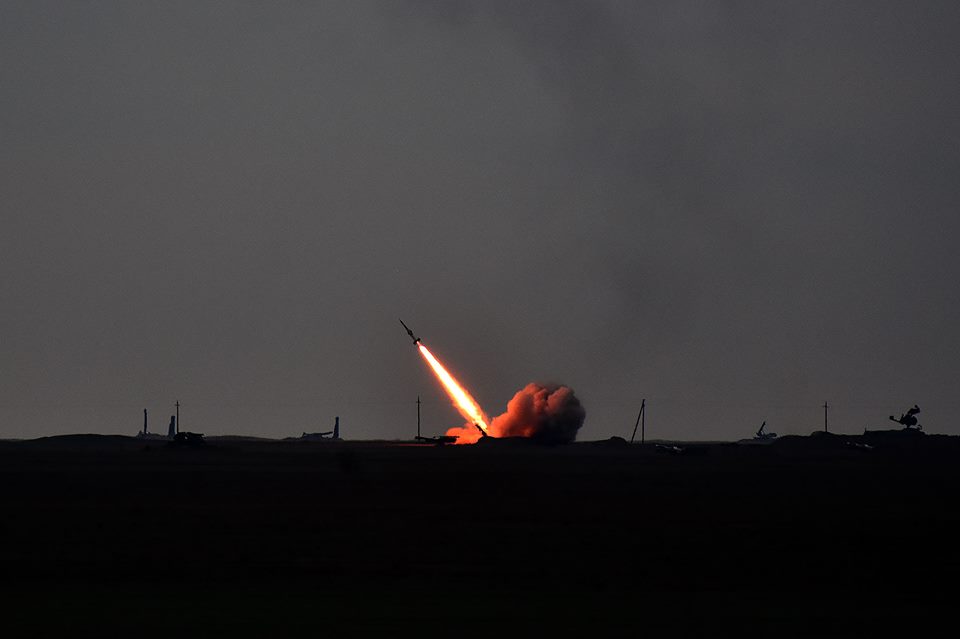
Russia Monitor is a review of the most important events related to Russian internal and external security, as well as its foreign policies.
Date: 28 February 2022 Author: Grzegorz Kuczyński
Ukraine-Russia War: Russian Vulnerabilities On Southern Front
In the case of an invasion of Ukraine, Russia will be conducting its largest combined arms operation since the Battle of Berlin in 1945. As the first days of the war showed, the Russian army overestimated its capabilities while underestimating those of the enemy. This is not new for Russia. It was similar during the first war in Chechnya and also somewhat in Georgia.

After the first three days of the Russian invasion of Ukraine, Russian forces made their only territorial gains in the country’s south, claimed by troops that earlier had been stationed in Crimea. After crossing the Dnipr river near the city of Kherson, Russian troops could head westward towards Mykolaiv, Ochakiv, and Odesa, and capture Melitopol in what could be a stage in an eastern-oriented offensive towards Mariupol and Donbas. Russia’s somewhat gains in the south yet should not overshadow the army’s vulnerabilities and the challenges it now faces. Russia’s earlier military experience has nothing to do with its challenges now. The 2008 Russo-Georgian War saw just five days of combat and engaged 70,000 Russian soldiers. In Syria, the primary maneuver forces included Syrian ground units, with help from Lebanese Hezbollah, militia forces from neighboring countries such as Iraq and Afghanistan, and Iran’s Islamic Revolutionary Guard Corps-Quds Forces. Second, the Russian military also has limited experience in coordinating a large number of aircraft that will support the ground attack. Russian air operations in Syria and Chechnya do not compare with the number of sorties that could be required in Ukraine. This will be the first time since World War II that Russia’s ground forces will face a modern mechanized opponent, and its air forces will face an opponent with a modern air force and air defense system. Thirdly, there is the question of logistics. However, once combat units expend their initial stores of ammunition, fuel, and food, the real test of Russian military strength will begin—including Russia’s ability to sustain the advance of a massive mechanized force over hundreds of miles of territory. Kyiv and the Dnepr River crossings are at least 240 to 320 km from the Russian border, and its army will require at least several days of fighting to reach them. Before that, they will undoubtedly have to resupply, refuel, and replace combat losses of men and material at least once, which will require an operational pause. Now it is clear that Russian forces find it challenging, especially while advancing on Kyiv from the northeast. However, Russia may have trouble with a sustained ground offensive far beyond Russian railroads without a major logistical halt or a massive mobilization of reserves (Ukrainian troops blew up the railway junctions connecting the Ukrainian railway system with its Russian counterpart on February 26). As the operational depth in Ukraine is gigantic, a Russian invasion of Ukraine could be a longer affair than the Kremlin had anticipated due to the time and distance to bring up supplies. If the invasion is not concluded quickly due to a combination of weather, logistics, and Ukrainian resistance, how might this impact Russian morale?
This article is based on the Russia’s Possible Invasion of Ukraine report | Center for Strategic and International Studies (csis.org).
Support Us
If content prepared by Warsaw Institute team is useful for you, please support our actions. Donations from private persons are necessary for the continuation of our mission.
All texts published by the Warsaw Institute Foundation may be disseminated on the condition that their origin is credited. Images may not be used without permission.















